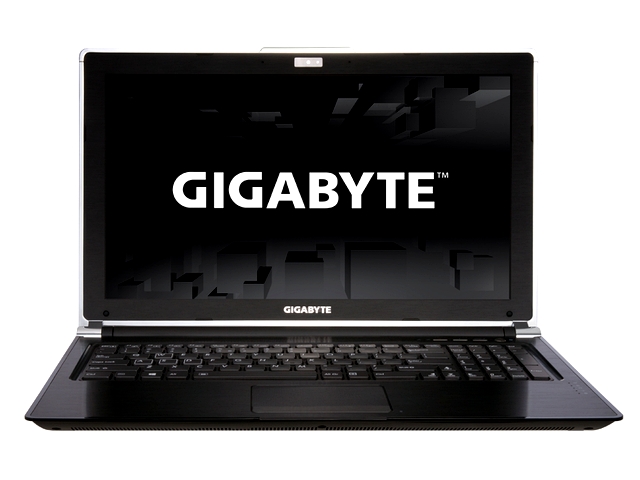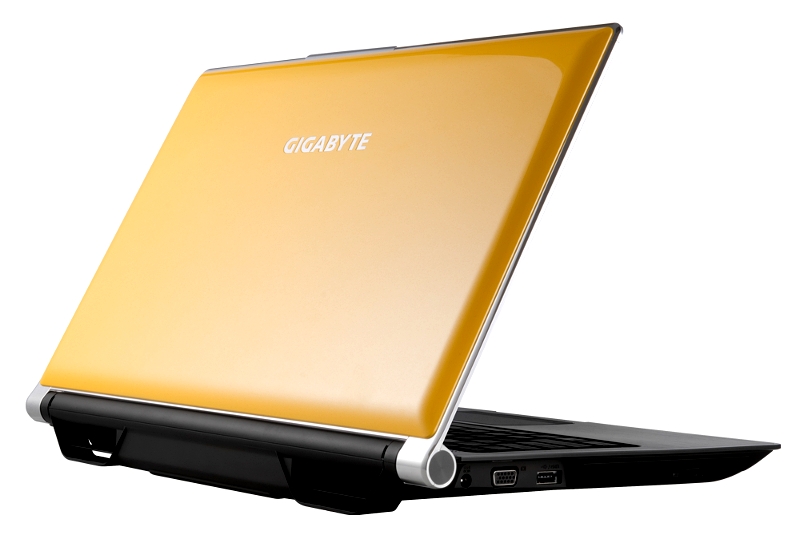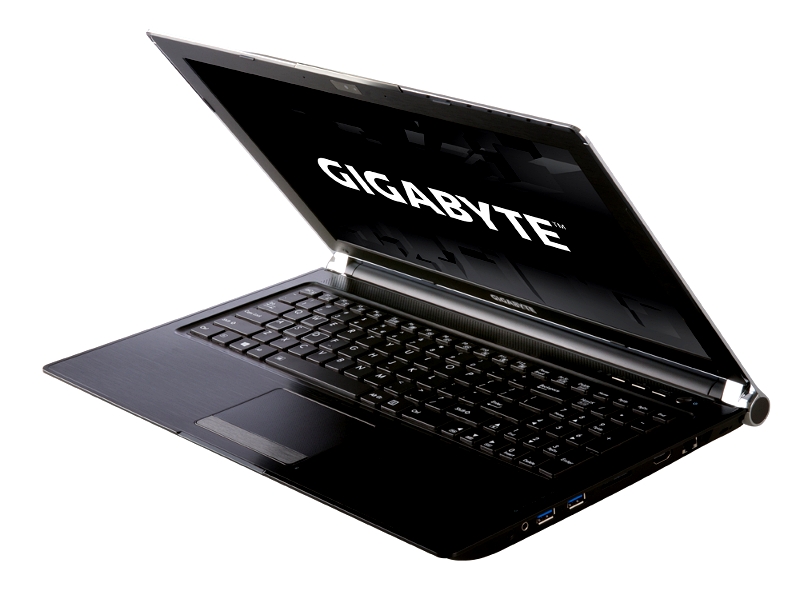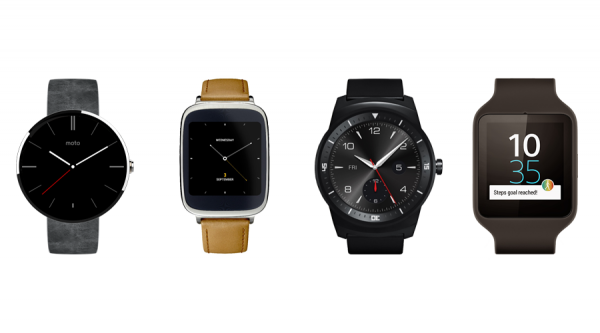 I must disagree with colleague Mark Wilson, who last week asserted: "There is no reason for anyone to care about the iPhone 6", which as I write has 124 comments. I'm a big fan of provocative posts, because they engage the readership. But my feelings differ about commentaries that bluster without substance. Mark is absolutely wrong. There is every reason for everyone to care about the next iPhone.
I must disagree with colleague Mark Wilson, who last week asserted: "There is no reason for anyone to care about the iPhone 6", which as I write has 124 comments. I'm a big fan of provocative posts, because they engage the readership. But my feelings differ about commentaries that bluster without substance. Mark is absolutely wrong. There is every reason for everyone to care about the next iPhone.
Mark asserts that iPhone "used to be aspirational and high-end. Now the world and his dog has an Apple handset and it's turned from something special into a poor substitute for one of the countless alternatives...The iPhone is run-of-the-mill. It is predictable. It's just plain boring". In many ways, I agree, but his boring assessment is every reason to "care about the iPhone 6".
This launch is when CEO Tim Cook proves whether or not he can be an innovation leader. Can Cook pull off a Steve Jobs and even surpass him? We will know on September 9th. For iPhone and Cook, this release is the iPod nano moment. Where smart, beneficial design delivered with great risk reshapes and reinvigorates an existing Apple product category. Or not.
Priority One
August 24th marked Cook's three-year anniversary ascension to the chief executive's position, following Jobs' resignation. The CEO could rightly argue that his first responsibility was handling the transition -- keeping logistics smooth and margins and profits high -- and he has done so masterfully.
For example, during the first nine months of fiscal 2014, closed June 28th, Apple generated $140.67 billion revenue, $41.34 billion operating income, and $31.04 billion net profit. Stated differently, Apple generates profits at a level often only associated with oil companies. During their respective first two quarters of calendar year 2014, Apple and Exxon Mobile generated income of $17.95 billion and $17.88 billion, respectively. For perspective on the dramatic changes in fortune, during the same two quarters in 2010, Apple earned $6.32 billion.
In taking stewardship from Jobs, Cook rightly focused on logistics and maintaining and extending through product iteration the expanding revenue streams represented mainly by iPad and iPhone, which during second calendar quarter accounted for 68.5 percent of revenues.
Meanwhile, transitioning a leadership team and developing new products takes time. Three years is plenty enough. This is the launch, from which everyone should expect something more exciting than a new iPhone, that distinguishes Cook. Or not. September 9th marks the beginning of Apple's Tim Cook era.
Apple's Mine Field
Mark's iPhone 6 assessment misses two fundamentally important points. The first, as already stated: Cook aptly and rightly made the transition priority -- that is protecting product profits. The second: Apple succeeds not by following, but by leading -- taking risks that defy market conventions. Mark and other Apple naysayers tout innovations from rivals like Motorola and Samsung, which, respectively, launched the Moto X's successor and Galaxy Note Edge, as measures of excellence to meet.
But Apple's history of successes leads rather than follows -- taking great design risks to invigorate or transcend an existing category. There, Cook must cautiously navigate a logistical minefield. As I explained in May, and IDC and NPD confirmed in separate reports released this week, phablets (e.g., large smartphones) push aside pads.
For example, smartphones with screens 4.7-inches or larger account for one-quarter of U.S. retail sales, up from 2 percent in 2012, according to NPD. Apple's largest smartphone screen is 4 inches.
Meanwhile, in most major markets tablets recede as phablet popularity increases and most people who want pads own them. Globally, during first half of 2014, tablet screen shipments to Apple and Samsung fell 14 percent and 29 percent, respectively, according to NPD DisplaySearch. Think of panel shipments as the canary in the coal mine.
"The tablet PC leaders have been dealing with an increase in large-screen smartphone sales, a slowdown in the consumer replacement cycle, and greater competition from white-box brands and other low-cost tablet PCs", Brian Huh, NPD DisplaySearch analyst, says.
Rumormongers and pundits obsess about Apple releasing a phablet-size iPhone next week. In the United States, the category needs such a device to grow.
"While interest among U.S. consumers in larger screen smartphones is growing, sales growth has been relatively disappointing over the past two years due to Apple’s dominance of the market", Stephen Baker, NPD's vice president, says. "All the demand, channel and usage pieces are in place for larger smartphone sales and share to increase. If Apple releases a bigger iPhone it will be the final catalyst for explosive growth in the 4.7inch-plus market".
But if Baker's assessment is correct, Apple has a good reason not to release an iPhone phablet. Explosive growth means explosive competition, and not just from rivals. A big-screen device will compete with iPads of all sizes and potentially exacerbate sales retreats. During second calendar quarter, iPad revenues fell 8 percent annually and 29 percent sequentially. Cook, who arguably is a logistics genius, must apply some real smarts to the product line.
There are many measures of innovation, and one area where Cook excels, which is largely ignored by analysts, bloggers, and journalists, is logistics. There the CEO, also when COO, demonstrates amazing prowess creating a continuum of products priced $0 (to the consumer) up to $2,499. (Please see my September 2012 analysis "Give Apple and iPhone 5 a break" for further explanation about the continuum and product iteration as successful strategies.)
Cook's challenge: Where to fit the next iPhone -- quite possibly two distinct models -- into the product line. The fit might mean blindsiding the market with hardware, software, or cloud service products -- or all three in one -- that are unexpected. Rumormongers rabble rouse about iWatch. If Cook can cook look for much more.
iPod nano Moment
Steve Jobs established the measure of risk and innovation for his successor nine years ago. During a Sept. 7, 2005, launch event, Jobs boasted: "The iPod mini is what all of our competitors have their sights focused on. We’re going to do something pretty bold. Today, we’re gonna replace it".
Apple's cofounder went on to name the new iPad nano, then asked for a video camera to close-up on his jeans, and, pointing to the coin pouch, asked: "Ever wonder what this pocket is for? I’ve always wondered that". He then pulled out the diminutive music player.
Under Jobs' leadership, Apple did something unthinkable, by so blatantly defying the rules of retail: Killing off a product at the height of popularity, what was then the most purchased portable music player in the world. Just as competitors started shipping iPod mini knock-offs to stores for the holidays, Apple made their devices suddenly obsolete -- bricks, by comparison. For all the cleverness of nano's design, there was greater innovation from a product marketing perspective.
Jobs could take such risk because he had such confidence in the product his design team produced. He sought to redefine a category that Apple already had commandeered, with the first hard disk MP3 player in October 2001 and the mini in April 2004. While competitors focused on features, Apple made benefits the priority -- smaller size with big song capacity high among them and long battery life.
The original iPhone is another example of innovation taken at great risk. Seven years ago, Apple had no experience manufacturing and selling smartphones and faced stiff competition from Nokia, particularly. Apple secured just one carrier distributor, AT&T, in a single market, the United States. The company also broke with industry practice by controlling distribution of software updates rather than letting the carriers do so. By many measures, risk defines the original iPhone, which brought tremendous rewards. For example during the first nine months of Apple's 2014 fiscal year, iPhone accounted for 55.7 percent of net sales. That's up from near zero percent -- just $5 million -- seven years earlier.
Risk must define the next-generation iPhone, and more -- other products coming on Tuesday. I don't suggest Cook should dump older iPhones, like Jobs did with iPod mini in late 2005. My point is taking design-innovation risks that defy established conventions and define new ones.
That's how Apple reinvigorates the cloud-connected device category and leads rather than follows. All the blogger babble about big-screen iPhone makes Apple the follower. I'm no industrial designer but know enough that the focus must be features with benefits. Too often tech companies geek out about features that look cool but aren't necessarily useful. That's my initial reaction to Samsung Galaxy Note Edge's curved screen. For example: Will the display be more likely to crack or shatter if dropped? Tech news nerds love the curvy concept, but I'm hugely skeptical; for many reasons.
Again, Apple's challenge is great, but Tuesday's test goes to Cook, who must finally demonstrate whether or not he can meet the standard set by Jobs, or even exceed it. That alone -- this launch being the time -- is every reason to care about the next iPhone. My colleague Mark Wilson couldn't be more wrong in his assertion.
However, should the announcement fail to "wow", then we will know that Cook cannot be the innovation leader Apple needs in an increasingly competitive cloud-connected device market. Iteration defines Cook's first three years as chief executive. Now is time not for innovation but ignition -- and blasting Apple into higher orbit, where below rivals look like ants.
If Cook delivers, competitors should cower and very much care not just about iPhone but everything Apple.
Photo Credit: Apple




 WordPress.org has launched
WordPress.org has launched 








